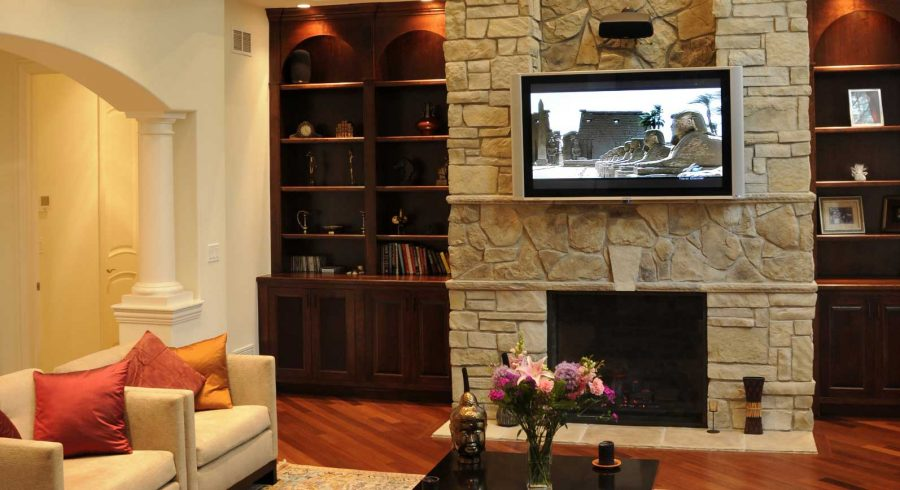
What Is The Job Of A Flue Or Chimney Liner?
According to the Chimney Safety Institute of America, “A flue lining in a masonry chimney is defined as “A clay, ceramic, or metal conduit installed inside of a chimney, intended to contain the combustion products, direct them to the outside atmosphere, and protect the chimney walls from heat and corrosion.” Although building codes vary from one state or locality to another, the installation of flue lining has been recommended since the early part of this century, and indeed most fire codes now mandate liners.”
To be more specific, the Chimney Safety Institute of America states that a flu liner serves 3 purposes:
“The liner protects the house from heat transfer to combustibles” In other words, it prevents things like creosote or gases, which are both combustible materials from igniting into flames.
A flue liner protects the masonry of the chimney from breaking down due to smoke, gasses and other byproducts of combustion. Furthermore, a liner will also help prevent gases, such as carbon monoxide, from leaking back into your home, where it can potentially cause great harm or even death.
The Chimney Safety Institute of America also explains: “Liners provide a correctly sized flue for optimum efficiency of appliances. Modern wood stoves and gas or oil furnaces require a correctly sized flue to perform properly. The chimney (flue) is responsible for not only allowing the products of combustion a passage out of the house, but the draft generated by the chimney also supplies the combustion air to the appliance (fireplace). An incorrectly sized liner can lead to excessive creosote buildup in wood burning stoves, and the production of carbon monoxide with conventional fuels.“
Additionally, a damaged or poorly maintained flue liner can also break down and cause damage to your home or even your health. Things such as bird’s nests, plant material and excessive creosote buildup (from the burning of logs) can cause chimney fires or force carbon monoxide to back-up into your home.
As you can see, the job of a flue liner is pretty important when you consider what can happen without one. And if you are being told that you need a new liner or you need to repair the one you have, the person recommending the liner is going to suggest at least one of the following materials:
Terra cotta, the original material used as chimney liners. Terra Cotta is still used today in new construction and typically comes in 24-inch clay sections, which are held together by a mortar joint. Although they perform their job well, a terra-cotta liner can also crack and break over time (hence finding pieces of terra-cotta in the fireplace) and have a typical longevity of 50 years with routine maintenance and cleaning. Replacing a terra-cotta liner, which as mentioned above, is made up of 24-inch segments of terra cotta connected by a masonry joint, can be difficult if not impossible. Tearing down all or part of your chimney may be required in order to get the new terra-cotta liner fully installed.
Aluminum and Steel – either flexible or rigid, this particular liner system has been tested and approved by the Underwriter’s Laboratory. Depending on the installer some prefer one metal to the other. Steel is particularly popular. By using metal flue liners such as aluminum or stainless steel, you can re-line existing flues or run an entirely new one. These are great because they are generally flexible and work well with offset chimneys. Metal liners can also be damaged due to extreme temperatures, weather or other factors. Fortunately, these are typically easier to replace than terra cotta. Metal liners, in most cases, require insulation around them.
Cast-in-place – Liner is essentially cast within your current chimney or an old flue liner using a castable cement material and an inflatable bladder. Once the cement is dried the bladder is removed having created a cylindrical chimney flue. When the cement is poured it is able to fill in cracks that may have formed and thus improve the structural integrity of the chimney or other surface it is lining.
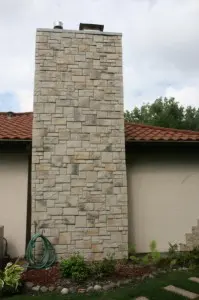
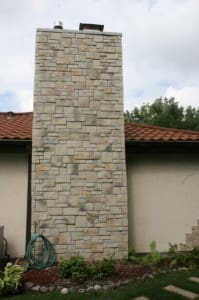
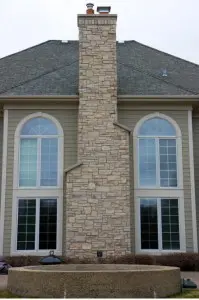
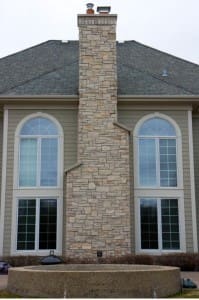
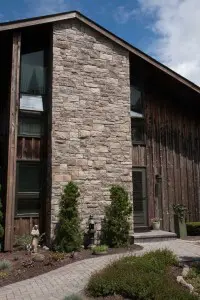
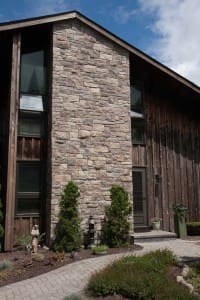
What Should You Do If You Are Told You Need A New Flue Liner?
Chimney repair scams are not uncommon. Unscrupulous individuals have talked many an unsuspecting and trusting homeowner into unnecessary and expensive repairs. It is a good rule of thumb to get several estimates. Using a tool such as Angie’s list, which utilizes crowd-sourced reviews, can be helpful. On Angie’s List, individuals are able to rate and detail their experiences with various contractors such as local chimney sweeps. Subscribers to Angie’s List can also find the contractor’s contact information, hours of operation, helpful coupons and deals. Talking to friends, family and neighbors who have also had reliable work done on their chimneys is also a decent place to start. Finally, when seeking out your chimney care professional it is a good idea to make sure that they have been certified with the Chimney Safety Institute of America (CSIA) who’s mission it is to “advance public awareness while educating and certifying industry professionals.”
How Much Do Chimney Repairs Cost?
Depending on numerous factors including but not limited to:
- Damage
- Size and length of your chimney
- How many flues you have feeding through it (furnace, fireplace, other appliances)
- Materials required to complete work
As you can see, the price of chimney repairs or replacement of a flue liner can vary, which is why it is important to find a reliable chimney sweep. For example, one company we asked explained that the cost of a steel flue could vary. With some work capping out at $1000 while other work can cost much more.
Helpful Resources:
If you are interested in learning more about flue liners, fireplace repairs, chimneys and the work of the professionals who maintain these items take a moment to visit the Chimney Safety Institute of America’s web site at: http://www.csia.org/
We hope that you found this blog post on chimney liners helpful. Please join us next time when we discuss the importance of regular chimney maintenance and cleaning. Once your chimney is in tip-top shape and you can once again enjoy your fireplace, why not consider updating this important focal point in your home with elegant stone veneer? Versatile and highly customizable, not only can you add the timelessness and beauty of stone to the hearth that warms your home but you can also enhance your home by adding stone veneer to your chimney’s exterior. Discover what homeowners in Arlington Heights, Long Grove and Mount Prospect already know about stone veneer and learn more by contacting North Star Stone at 847.996.6850 or visit our Exterior Stone FAQ page and Stone Fireplace FAQ Page.

